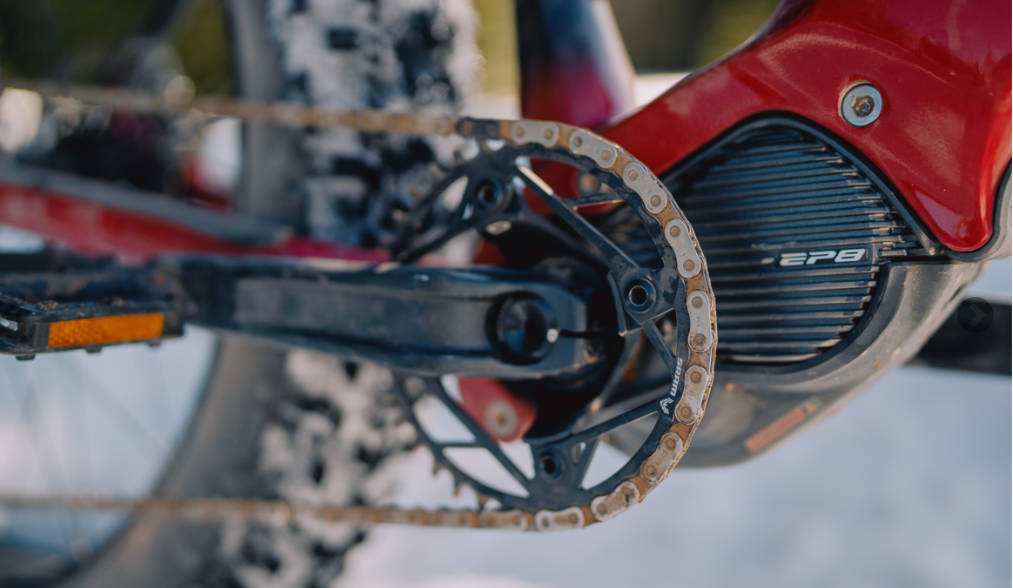Hub Motor vs. Mid-Drive Motor: Choosing the Right E-Bike Power
Selecting the right motor is one of the most crucial decisions when buying or building an electric bicycle. The two main contenders are hub motors and mid-drive motors, each offering distinct advantages and disadvantages that significantly shape your riding experience. Whether you're converting a bike or buying new, understanding these differences is key. Let's break down the comparison.
Hub Motors: Simple, Reliable Power (Front or Rear)
Hub motors are integrated directly into the hub of either the front or rear wheel. You'll often find them on commuter e-bikes and more budget-friendly models, typically priced between $300 and $800.

Pros:
- Simplicity & Reliability: Their straightforward design makes them durable and easy to maintain.
- Quiet Operation: Hub motors tend to run quietly, making for a more peaceful ride.
- Easy Integration: Converting a standard bike or designing a new e-bike is often simpler, sometimes only requiring a new wheelset. This makes them great for DIY projects. Many motor manufacturers provide compatible control systems.
Cons:
- Weight Distribution: Locating the motor weight entirely on one wheel (front or rear) can negatively affect the bike's balance and handling, particularly at higher speeds or during quick maneuvers.
- Aesthetics: Larger hub motors can look bulky and may detract from the bike's visual appeal.
- Performance Feel: They might not offer the same level of refined control or sporty feel that some riders prefer.
Mid-Drive Motors: Balanced Performance at the Core
Mid-drive motors are positioned centrally on the bike frame, near the crankshaft where the pedals attach. These are more common on performance-oriented e-bikes, mountain bikes, and premium commuter models, with prices generally ranging from $2,000 to $3,000.

Pros:
- Superior Balance & Handling: Placing the motor's weight low and central mimics the feel of a traditional bike, offering much better balance and handling, especially on challenging terrain or for performance riding.
- Component Versatility: They are designed to work seamlessly with high-end bicycle components like wheels, cranks, and advanced electronic shifting systems, allowing for greater customization.
- Gearing Advantage: Mid-drive motors leverage the bike's existing gears, providing better efficiency and adaptability across different speeds and inclines.
Cons:
- Complexity & Maintenance: Their internal design involves more mechanical parts, potentially leading to lower reliability and higher maintenance costs compared to hub motors.
- Installation Difficulty: Installing a mid-drive motor usually requires significant frame modification and is more labor-intensive, making DIY conversions more challenging.
- Cost: They represent a significantly higher initial investment.
Which Motor is Right for You?
The best choice depends entirely on your priorities and how you plan to ride:
- Choose a Hub Motor if: You prioritize affordability, simplicity, and ease of maintenance for urban commuting or casual riding. They are also a great option for simpler DIY e-bike conversions.
- Choose a Mid-Drive Motor if: You seek optimal balance, superior handling, and versatility for sporty riding, off-road adventures, or tackling steep hills, and you're willing to invest more for performance and customization.
#ebike #electricbike #hubmotor #middrivemotor #ebikemotor #ebikecomparison #cyclingtech #biketech #ebikeconversion #chooseyourride

